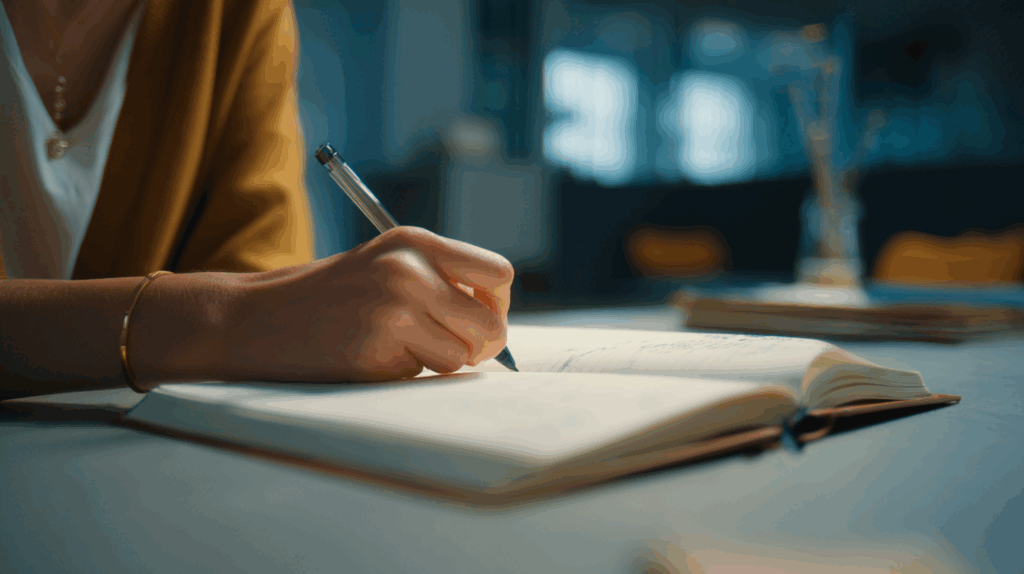
Present Simple Tense 1
English Blogs “Let’s Learn, Explore, and Connect to the World” Present Simple Tense 1 I. Introduction to the Present Simple Tense in English Mastering the



Effectively using the future simple tense includes the ability to form questions and negatives. This skill is crucial for diverse and nuanced communication about future events or actions.
Questions in the future simple tense are formed by placing ‘will’ before the subject, followed by the base form of the main verb. This structure is used to inquire about future actions or decisions.
Examples:

Will you attend the meeting tomorrow?

Will she participate in the competition?

Will they travel next summer?
For yes/no questions, the structure remains the same. Short answers generally use ‘will’ or ‘won’t’.
Examples:

Question: Will he be at the office today?
Short Answer: Yes, he will. / No, he won’t.
Negative sentences in the future simple are formed by adding ‘not’ after ‘will’. The contracted form ‘won’t’ (will not) is frequently used.
Examples:

I won’t (will not) be available tomorrow.

She won’t (will not) buy that dress.

They won’t (will not) host the party next week.
Verb Form: Ensure to use the base form of the verb following ‘will’ or ‘won’t’.

Incorrect: Will she goes to the concert?
Correct: Will she go to the concert?
Using ‘Will’ in All Future Contexts: Be mindful that ‘will’ is not used for scheduled or planned future events. Other structures like ‘going to’ or the present continuous might be more appropriate.
 Mastering question and negative forms in the future simple tense is essential for expressing uncertainty, making inquiries, or denying future actions or events in English. Understanding these structures will enhance your ability to discuss future scenarios with greater clarity and precision.
Mastering question and negative forms in the future simple tense is essential for expressing uncertainty, making inquiries, or denying future actions or events in English. Understanding these structures will enhance your ability to discuss future scenarios with greater clarity and precision.

English Blogs “Let’s Learn, Explore, and Connect to the World” Present Simple Tense 1 I. Introduction to the Present Simple Tense in English Mastering the

English Blogs “Let’s Learn, Explore, and Connect to the World” Present Simple Tense 2 II. Understanding the Present Simple Tense Definition and Structure At its

Laugh and learn with ‘Comic Collections’ by Cassia North – a delightful dive into everyday conversations in professional and casual settings, now in a vibrant, humor-filled ebook. Perfect for all ages!



